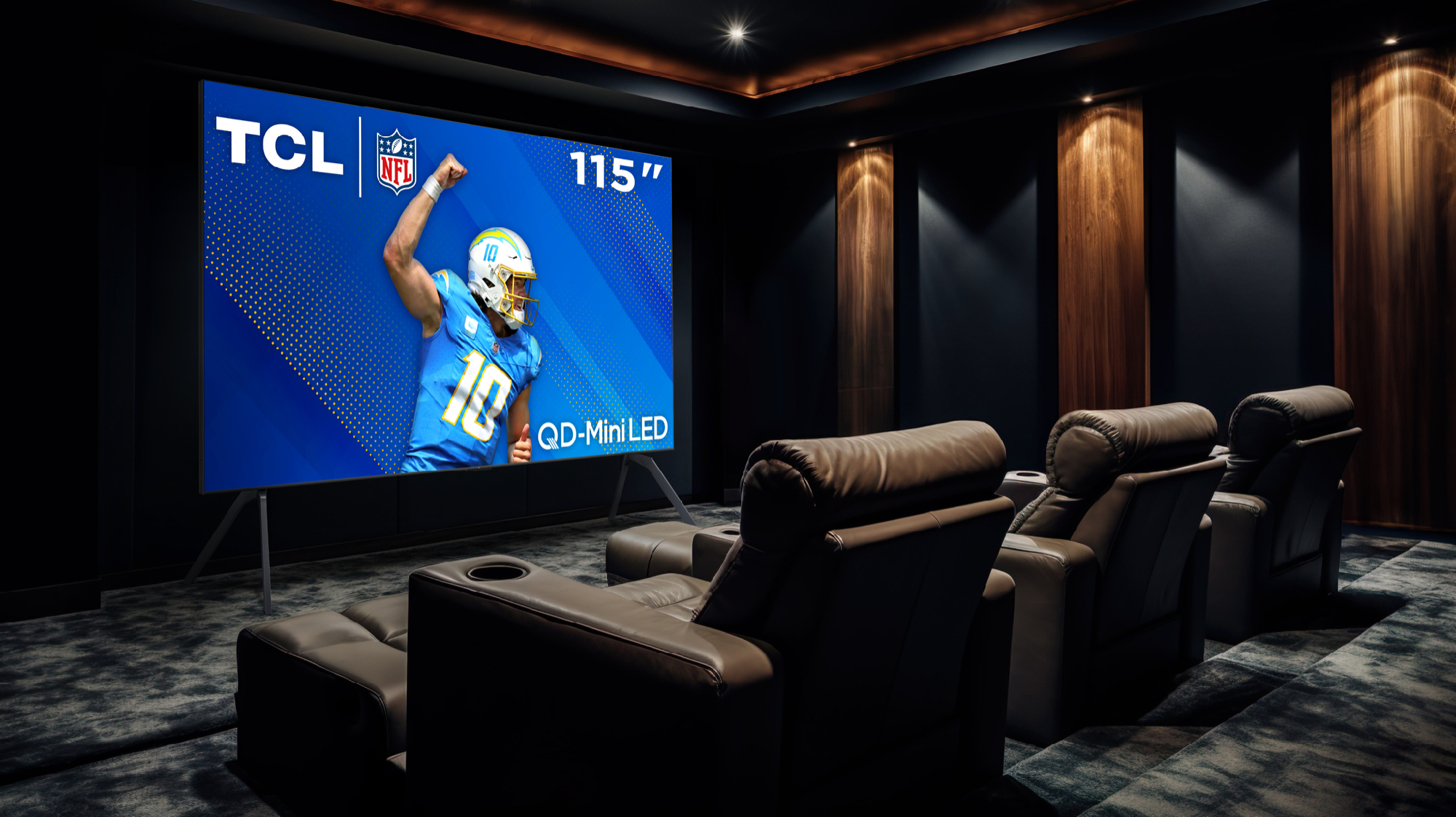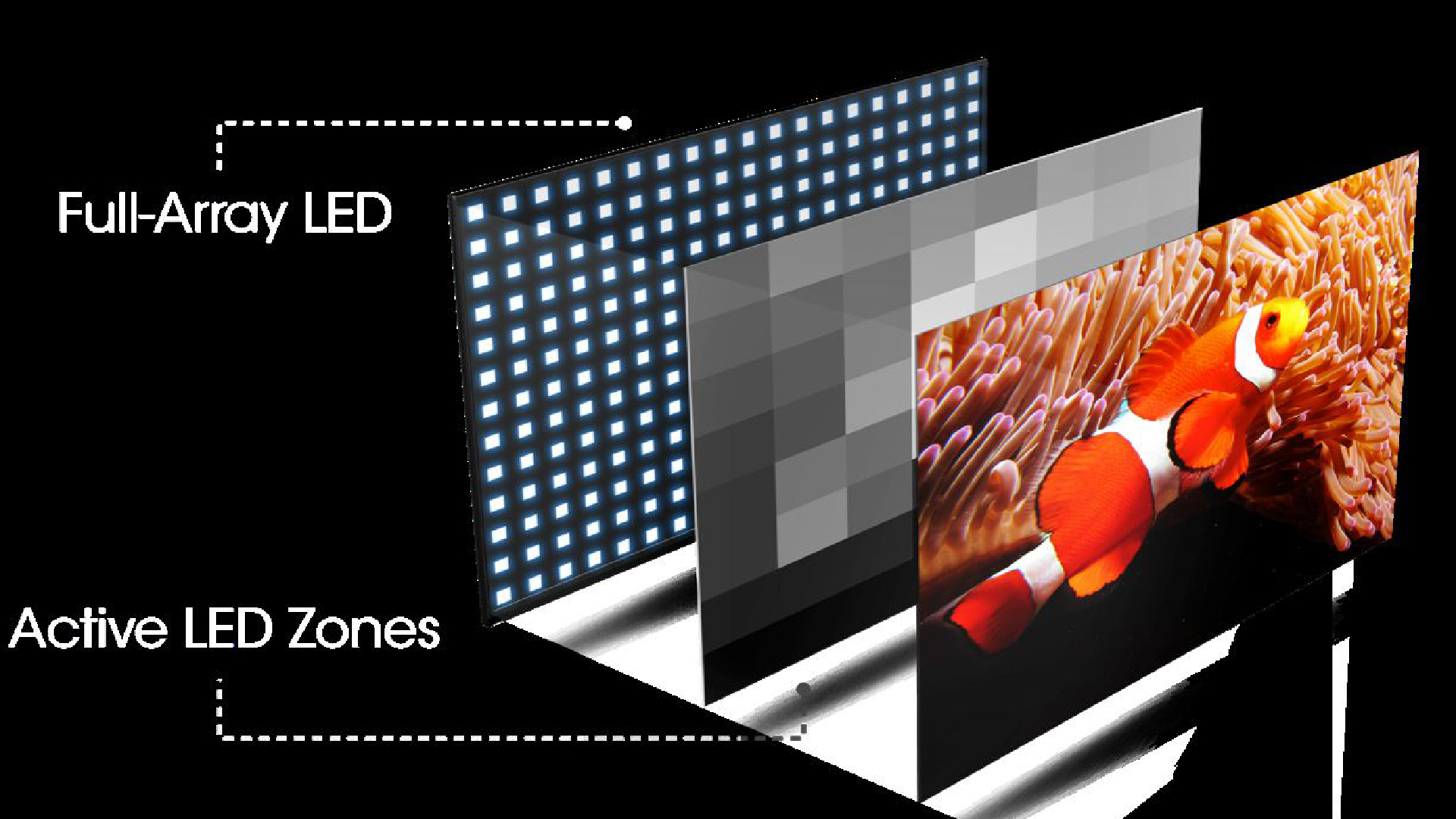
Mini-LED TVs are taking the world by storm and despite being the clear winner in dimming technology, Full Array LEDs are going by the wayside in favor of the better balanced and brighter option in the market.
Leading the Mini-LED revolution are TCL and Hisense, both of which have launched exciting new Mini-LED offerings that could be among the best TVs to release this year. Last year’s Hisense U8K Mini-LED TV was among our top picks of 2023, and this year's U8N may well steal the spotlight — mostly due to its brightness output.
Full Array LED TVs often were the better choice due to price and size, but as TVs are getting bigger and manufacturers like the aforementioned TCL and Hisense bring competitive prices to the market, Mini-LED TV models are no sooner stealing all the thunder. And while it might still be a bit too early to tell, there might soon be a winner in the OLED vs Mini-LED debate, as well.
Full Array LED vs Mini-LED: what’s the difference?

Full Array LEDs are built using a spaced out array size on a diode of 200 micrometers, where Mini-LEDs are denser on just a 100-micrometer diode size.
Before we knock them, let’s first understand what exactly Full Array LEDs and Mini-LEDs are. These are a type of LED within the TV that use specific diode sizes and array sizes to better compliment the screen. Full Array LEDs are built using a spaced out array size on a diode of 200 micrometers, where Mini-LEDs are denser on just a 100-micrometer diode size.
Both types of lighting offer some level of local dimming (the capabilities of a TV of reaching darker black levels while still retaining a high level of brightness) but Mini-LED TVs, like the Hisense U7K Mini-LED TV, will have far superior dimming zones and control over these levels against Full Array LEDs, as they use much denser arrays and diode sizes.
On the question of brightness, Mini-LEDs tend to fare better than the Full Array LED rival, too. Where most Full Array LED TVs can hit a peak brightness of around 1,000 to 2,000 nits, Mini-LED TVs are just too hard to beat, hitting numbers well above the 2,000 mark. The latest TCL QM89, a behemoth of a 115-in Mini-LED TV, measures in at a whopping 7,208 peak brightness.
Blooming is also something of note when talking about Full Array LEDs vs Mini-LEDs. Blooming is when you can see a slight highlighting or halo effect on brighter images or text, most often seen in subtitles. While both LED types tend to fall by the wayside in this category, Full Array LEDs will typically fall short more often than not.
Full Array LED vs Mini-LED: the better performer
There’s no question that Full Array LED TVs have fallen out of the limelight over the past several years. We recently took a look at the beloved Sony X90L, which shows ample promise in the face of ever-popular Mini-LED TVs, but it’s hard to make the jump when prices are just too good to beat out of manufacturers like Hisense and TCL.
The former is even set to take on OLED TVs this year upon the arrival of its so-called QD-Mini-LED technology. This new display form out of TCL leverages the firm’s new 6-in-1 LED processor, Optical Distance Reduction (ODR) LED technology, and an ultra-wide-angle lens. It’s a bit too early to tell if it can reach the same heights of OLED, but out of the gate TCL’s 2024 Mini-LED TVs are promising to say the least.
Full Array LED are fading by the wayside and Mini-LED TVs are becoming the platform to beat these days. Even the aforementioned Sony is going all-in on Mini-LED this year, sporting a 2024 TV lineup that’s led by the incredibly exciting Sony Bravia 9 and carries over last year’s XR A95L QD-OLED.
It’s clear that Mini-LED TVs, despite some disadvantages with slight blooming, wield even better pricing on newer models in line with far improved picture quality that totally beats Full Array LED TVs. We're in the era of Mini-LEDs and they will only prove to get even better (and cheaper) as improvements are made.
More from Tom's Guide
Sign up to get the BEST of Tom's Guide direct to your inbox.
Get instant access to breaking news, the hottest reviews, great deals and helpful tips.

Ryan Epps is a Staff Writer under the TV/AV section at Tom's Guide focusing on TVs and projectors. When not researching PHOLEDs and writing about the next major innovation in the projector space, he's consuming random anime from the 90's, playing Dark Souls 3 again, or reading yet another Haruki Murakami novel.
-
edzieba The sole difference between FALD and mini-LED is the resolution of the LED backlight. Everything beyond that is marketing: both are arrays of addressable LEDs that act as the backlight (rather than edge-lighting or LED arrays that cannot vary brightness relative to each other), but different companies will choose a different arbitrary number of LEDs for different screen sizes, below which they will slap a label on the box that says "FALD" and above which they slap a label on that says "Mini LED". Both fall under the banner of "Local Dimming" backlights. Depending on the screen size, a "mini LED" panel and a "FALD" panel can even end up with the same number of total dimming zones at the same resolution, but one get sold under one branding and the other under a different one - for example a 95" UHDTV with 32x32 zones (dimming zones do not necessarily have a 1:1 aspect ratio, with edge dimming zones being the extreme of this) sold as a "FALD" TV and a 32" UHD desktop monitor with 1024 zones sold as a "Mini LED" monitor both have the same number of zones and the same number of pixels per zone, despite the varying backlight density.Reply
